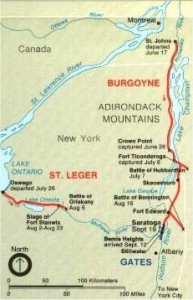
In the first continental war, the French and Indian War, America fought with the British and against the French. That war was then followed by two others where “We the People” were not good, proud, loyal subjects of British king. We even allied with France against England. Imagine that!
The initial focus was on New York City. At that time, it was limited to southern Manhattan There the statue of King George would be toppled following a reading of the new Declaration of Independence in one of the iconic moments of the war. The remains of the statue would be smelted into bullets to be used against the King’s troops. Later, the sudden appearance of the British armada was a true “shock and awe” experience for the city. The Revolution was nearly nipped in the bud as a providential fog enabled Washington to cross the East River on August 29, 1776.
The escape at the Battle of Long Island/Brooklyn may not lend itself to the iconic imagery of the Crossing of the Delaware, but if the former hadn’t occurred, there would have been no Continental Army to perform the second. It was John Glover of Marblehead, MA, and his sailors who were instrumental in the providential crossing, the Battle of Pelham (on what is now a golf course in the Bronx), and the crossing of the Delaware. Another New England water maneuver which occurred in New York was a failed attack on the British fleet by a submarine designed by David Bushnell of Saybrook, CT.
When Washington temporarily was holed up in Manhattan, he went to the now Morris-Jumel House, at that time the former home of loyalist Roger Morris. He went there because of the hilltop view it afforded him in all directions. Two recent events involving this house have made the news.
1. Simone Streeter, a New York Times reporter created her own a one-day Path through History on the American Revolution apparently without any awareness of the Governor’s program. Her three-stop itinerary included the Morris-Jummel House where the view today is not so expansive, the Hamilton Grange National Memorial (characterized as an “undervisted gem”), and the Dyckman Farmhouse Museum. Others such as Jim Kaplan and Barnet Schecter have ceaselessly toiled to acquaint people with the physical legacy of the American Revolution in the city. What opportunities for field trips and paths through history!
2. A document from July 1775 was discovered which had been misfiled. Archivist Emilie Gruchow found what turned out to be a handwritten draft by New-Yorker Robert R. Livingston to the people, not King, of England, expressing the desire of the Continental Congress for reconciliation. This urgent plea went for naught as King George already had declared the colonies in a state of rebellion by the time the draft reached England. It puts in perspective why Livingston was chosen a year later to help draft the Declaration of Independence. It also shows that Virginian Richard Henry Lee was not the author as previously presumed. Imagine if the situation was reversed. Imagine if Livingston had been the presumed author and then it was discovered that Lee was. What would the State of Virginia do in that case in its curriculum, tourist promotion, and scholarship? What will New York do?
The Morris-Jumel House is auctioning the document because it needs the money. The exterior has not been restored since 1991? How long have you gone without any work on your home? Even one built in the 20th century? And the house was carrying a deficit last year, so it raised prices on school tours and in the gift shop. The legacy of the American Revolution is not a high priority in New York City.
After the British invasion, skirmishes were fought up and down the Hudson Valley at numerous forts which mostly don’t exist anymore. Recently New York State conducted archaeological excavations at Fort Montgomery and a visitor center was constructed near the site of the first chain across the Hudson. But much of New York City and the Hudson Valley’s involvement with the American Revolution has been physically obliterated.
Ironically, perhaps the famous event during this time was due to events in Connecticut. Gen. Tryon, a name known in upstate New York, landed in Connecticut at Westport and marched on Danbury which he burned. That sequence of events led to 16-year old Sybil Ludington of then Dutchess County, now Putnam County, riding 40 miles at night to rally the troops to rendezvous at the home of her father Colonel Ludington. Imagine if Jennifer Lawrence could be 16 again! Wouldn’t that be a great movie to showcase Sybil’s life in Patterson, Catskill, and Unadilla.
Then came Gentleman Johnny Burgoyne. His plan to separate the colonies looked great on paper. Fortunately, he had not learned the lessons of the French and Indian War and seemed oblivious to the facts on the ground. He decided that the best approach was to divide the colonies in two. Every step of his way was sabotaged and contested forcing a constant weakening of his once mighty force. For a time, with all the troops present, Saratoga was the largest city in America.
So besides the burning of Kingston, New York City was none the worse for the wear as a result of Burgoyne. In the post-Saratoga war, France transformed the American Revolution into a global conflict between the two great powers. Soon a mighty French force would arrive at Newport, Rhode Island, and make its way south, eventually to Yorktown. New York was part of that path through history, especially in Westchester where the French and American armies camped. There are concerted efforts to increase the presence of the Rochambeau trail not just in New York but from start to finish. Wouldn’t that be some trip to take on land and sea.
It is frequently forgotten or not recognized that George Washington spent more time here in New York than in any other state during the American Revolution. Washington made his headquarters in Newburgh with the Hasbrouck house becoming the first state historic site, and in Tappan. The site of Andre’s imprisonment at the Old 76 House is just a short walk away. Even as I write this post, the Fishkill Supply Depot is fighting strenuously in Congress for support to preserve what has not yet been paved over of the depot cross from Newburgh where the troops camped. It is a lot easier for the South to maintain the sites of the war they lost than it is for New York to maintain and support the sites of the war we won in our battle for independence.
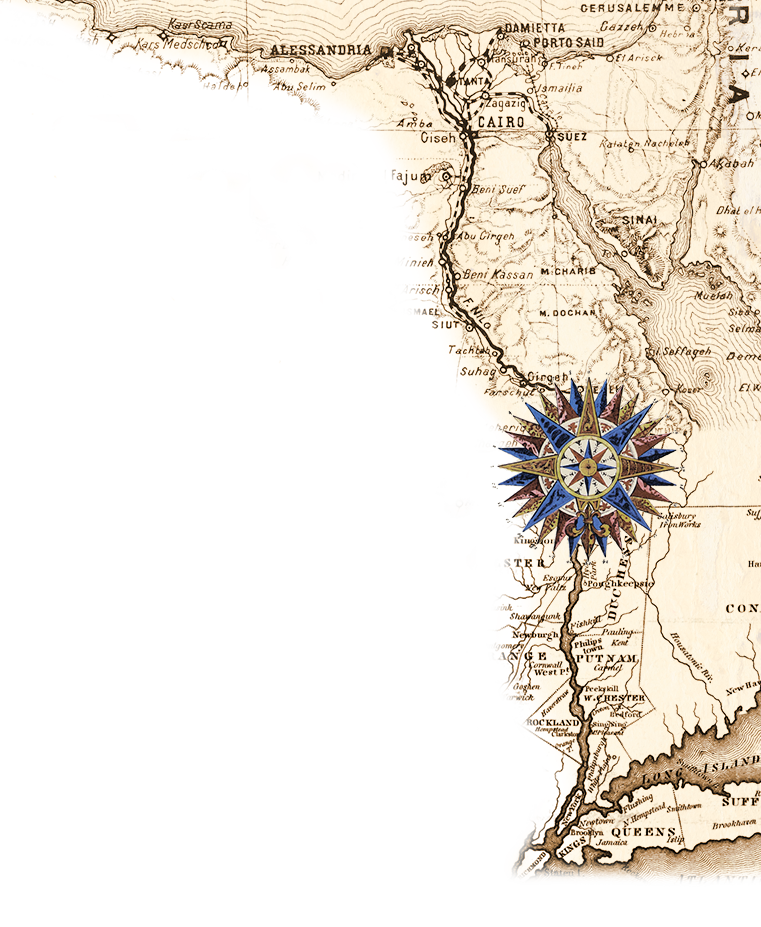

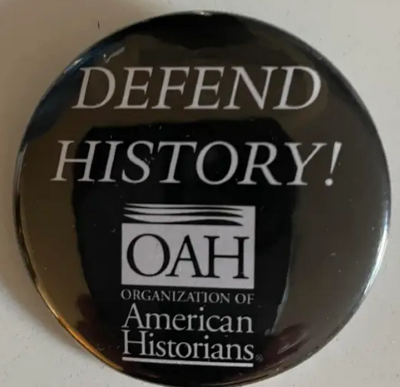
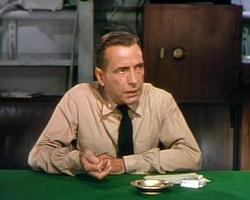
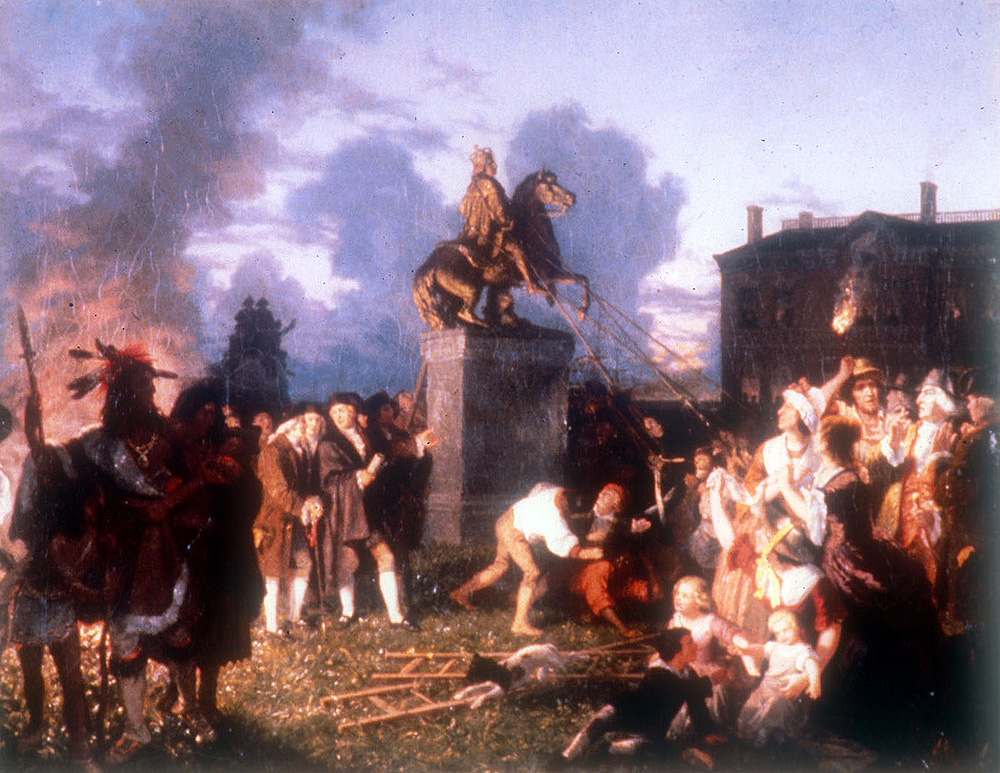
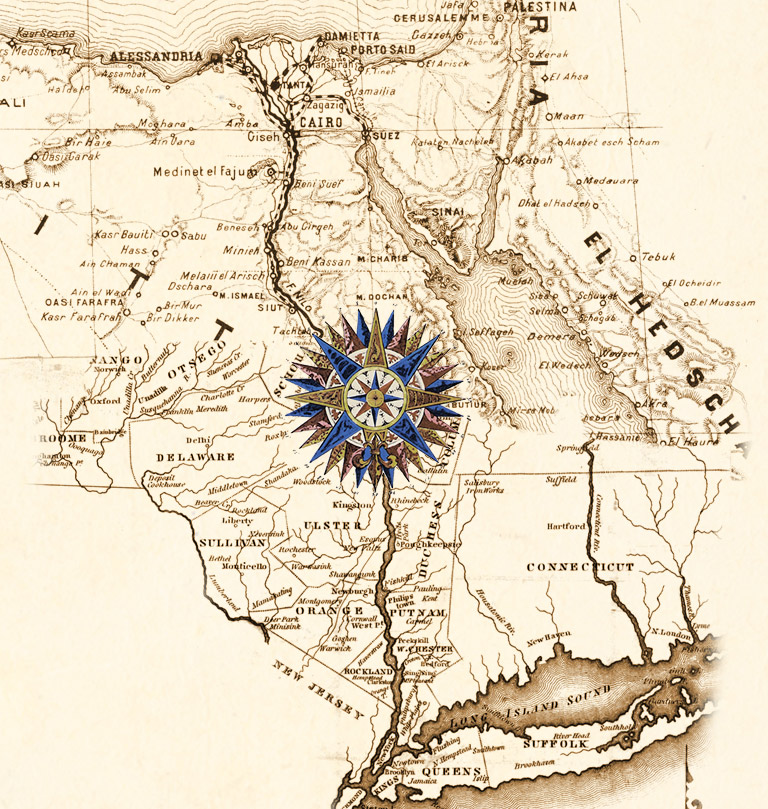
An excellent and very helpful overview. Thanks you, Peter.
Very good Peter! Many thanks, I enjoy reading all your pieces! The Rev War is my favorite time period— I am currently reading the Rhode Island Campaign by McBurney–
Great stuff; thanks Peter. Ah that status of King George st theBowery. Torn don and used for 40,000 musket v=balls, to be fired as ?melted monarch against the invading Brits ! The tail of that actual horse is part of the permanent exhibit at the New York Historical Society, along with an actual , donated, Society of Cincinnati medal.
Burgoyne;s trip down the Hudson caused much more damage than simply the burning of Kingston, however. Continental Village, now just a sign post near Peekskill, but at the southern access to the ACTUAL, original Albany Post Rd (for the next 6.5 miles, with a big marker at Travis Corners Road telling of it’s history). Also trashed on Clinton’s way north were Ft Montgomery, Ft Clinton, both just south of West Point, and even the burning of Clermont, unoccupied at the time because of warnings, the home of the drafter of the Dec of Ind, Robert Livingston. Only the news of Burgoyne’s capitulation at Saratoga caused Clinton to stop and take his undersized forced (due to Gen Howe’s unanticipated move of his own with the major part of his force from NYC to take Philadelphia, the patriot Capital) back to its base in NYC. No need to go to Albany. The Northern army was lost !
Head up to Broadway, on the walls of Columbia University, and read the plaque that commemorates the Battle of Harlem Heights, fought on the ground that would later became the home of this world renown University, after its transition from downtown’s King’s College to its present location in Harlem.
Selling the document ? A quick fix. Museums( and alike) should appoint those who will constantly fund raise and bring in money on their own…not accept a board appointment for having a title to throw out at social events.
Thanks Peter for your continuing efforts to hgihlight the mportance of New York State in the American Revolution and the many important Revolutionary War sites throughout the state between New York City and Saratoga. I also thank you for mentioning my efforts and those of Barney Schechter.
To me, the most important and underappreciated New York City Revolutionary War landmarks are Trinity Churchyard and Fraunces Tavern. Trinity Churchyard contains the graves of Alexander Hamilton, hero of a critical assault at Yorktown and first Secretary of the Treasury,
General Horatio Gates, commanding general at the Battle of Saratoga and an important player in
the Jeffersonians victory in the elections of 1800, and Marinus Willett, hero of the battle of Fort Stanwix, Washington’s key negotiator in settling the war with the Creek Indians in 1790 (one of America’s first great diplomatic triumphs) , and one of the founder’s of the Society of Cinncinnati and the Tammany Society. Willett lived to be 90 and his speech on August 10,1814 (at thte age fo 74) rallying the New York Militia to fight a prospective invasion by the British is one of the great under appreciated patriotic speeches in Anerican History. Fortunately this year on January 10 (this Friday) the Alexander Hamilton Appreciation Society is holding a significant ceremony in Trinity Church in honor of his birtday. Gates and Willett (who are virtually unknown) and Hamilton were honored at wreath laying ceremonies on July 4, and October 12 for the Frist New York City ecelebration of the Amrican Victories at Saratoga and Yorktown. (which we hope will become annual events). The latter vents are sponsored by, among others the Fraunces Tavern musueum, the site of the U.S. Treasury, State and War Deoartments from 1785 to 1790,